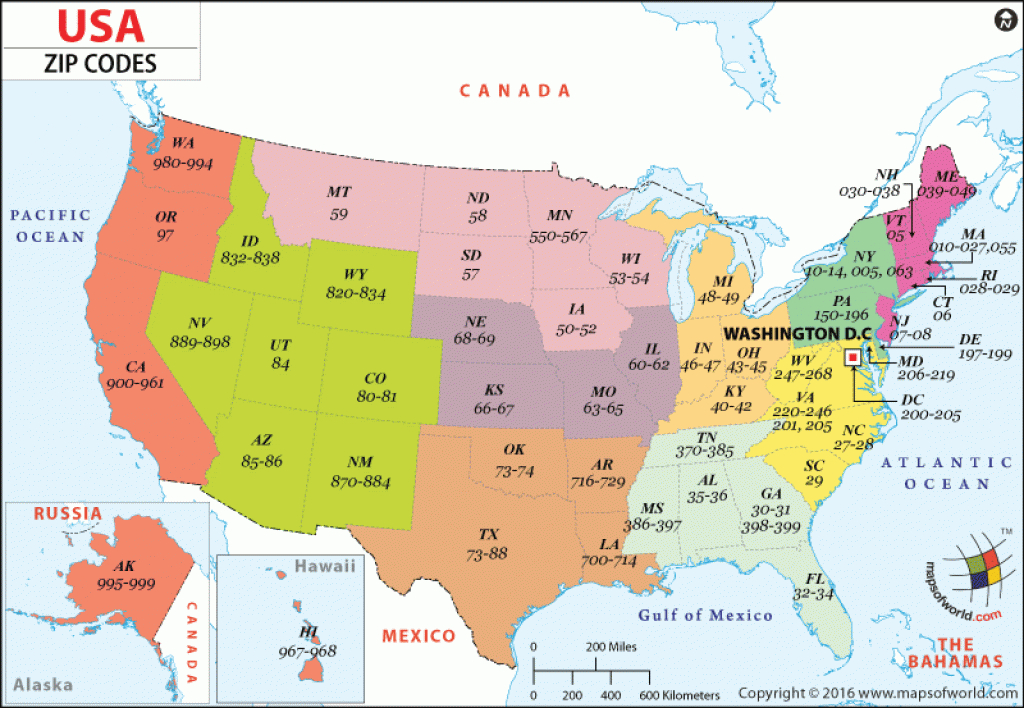Mailing systems have played a fundamental role in human communication, trade, and information exchange for centuries. From traditional postal services to modern digital mailing, the landscape of mail delivery has evolved significantly. This article explores the history, technological advancements, and future of mailing systems worldwide.
1. Historical Development of Mailing Systems
Mailing systems have undergone significant transformations since ancient times.
1.1 Early Postal Systems
- The first mailing systems date back to ancient civilizations such as Egypt, Persia, and Rome.
- The Persian Empire’s postal system (Chapar Khaneh) and Rome’s cursus publicus facilitated official communication.
- Carrier pigeons, messengers, and horseback riders played a role in mail delivery.
1.2 Medieval and Renaissance Mail Systems
- European monarchs established postal routes for secure communication.
- The Thurn and Taxis postal service in the Holy Roman Empire was one of the earliest commercial postal networks.
- Merchant guilds and traders relied on private courier systems for business correspondence.
1.3 The Birth of National Postal Services
- The British Royal Mail was established in 1516, revolutionizing public mailing services.
- The United States Postal Service (USPS) was formed in 1775 to facilitate communication across a growing nation.
- Innovations such as the Penny Post and prepaid postage stamps (Rowland Hill, 1840) made mail more accessible to the public.
2. The Modern Postal System
The 19th and 20th centuries brought widespread standardization and technological advancements to mail services.
2.1 The Role of National and International Postal Services
- Countries developed standardized mailing regulations to enhance efficiency.
- The Universal Postal Union (UPU) was established in 1874 to create a global mail exchange system.
- Postal services diversified offerings to include package delivery, registered mail, and express services.
2.2 The Impact of Technological Innovations
- Automated sorting machines improved mail processing speed and accuracy.
- Air mail expedited international correspondence.
- Barcoding and tracking systems enhanced package security and delivery transparency.
2.3 The Shift Toward Digital Communication
- The rise of fax machines, email, and instant messaging reduced reliance on physical mail.
- Online postal services enabled customers to print postage and track packages digitally.
- E-commerce growth increased demand for parcel delivery over traditional letters.
3. Types of Mailing Services
Mailing services have diversified to cater to different needs, including personal, business, and governmental communication.
3.1 Standard Postal Services
- First-class and second-class mail cater to different speed and cost requirements.
- Certified mail provides tracking and delivery confirmation.
- PO Box services allow customers to receive mail securely at a fixed location.
3.2 Express and Courier Services
- Overnight and same-day delivery options for urgent documents and packages.
- Private courier companies (FedEx, DHL, UPS) compete with national postal services.
- International shipping solutions with customs clearance support.
3.3 Bulk and Direct Mailing
- Businesses use bulk mailing for advertising campaigns and promotional materials.
- Direct mail marketing targets specific customer demographics.
- Catalogs, postcards, and newsletters remain effective in brand communication.
4. Challenges in the Mailing Industry
Despite advancements, the mailing industry faces several obstacles in adapting to modern demands.
4.1 Decline in Traditional Letter Mail
- Email and digital communication have significantly reduced the volume of physical letters.
- Governments and businesses are shifting to paperless communication.
- Postal services are restructuring operations to maintain profitability.
4.2 Security and Fraud Concerns
- Mail theft, identity fraud, and counterfeit postage are persistent challenges.
- Enhanced tracking and encryption methods improve security.
- Regulatory measures help combat mail fraud and scams.
4.3 Logistics and Environmental Impact
- Managing last-mile delivery logistics is complex in urban and rural areas.
- The carbon footprint of mail transportation raises environmental concerns.
- Sustainable mailing initiatives promote eco-friendly packaging and energy-efficient logistics.
5. The Future of Mailing Systems
Mailing services are evolving to incorporate new technologies and sustainable practices.
5.1 Automation and Artificial Intelligence
- AI-powered sorting facilities improve efficiency and accuracy.
- Drone and autonomous vehicle deliveries revolutionize last-mile shipping.
- Chatbots and virtual assistants streamline customer service.
5.2 The Role of Blockchain in Mail Security
- Blockchain enhances tracking transparency and prevents fraud.
- Smart contracts automate and verify postal transactions.
- Decentralized systems ensure secure and tamper-proof mailing records.
5.3 Sustainable Mailing Solutions
- Biodegradable packaging reduces waste.
- Electric mail delivery vehicles lower emissions.
- Carbon-neutral shipping programs promote environmental responsibility.
Conclusion
Mailing systems continue to adapt to technological, economic, and environmental changes. While digital communication has transformed traditional mail, postal and courier services remain vital for global commerce and secure document transmission. The future of mailing will balance efficiency, security, and sustainability to meet evolving consumer and business needs.
